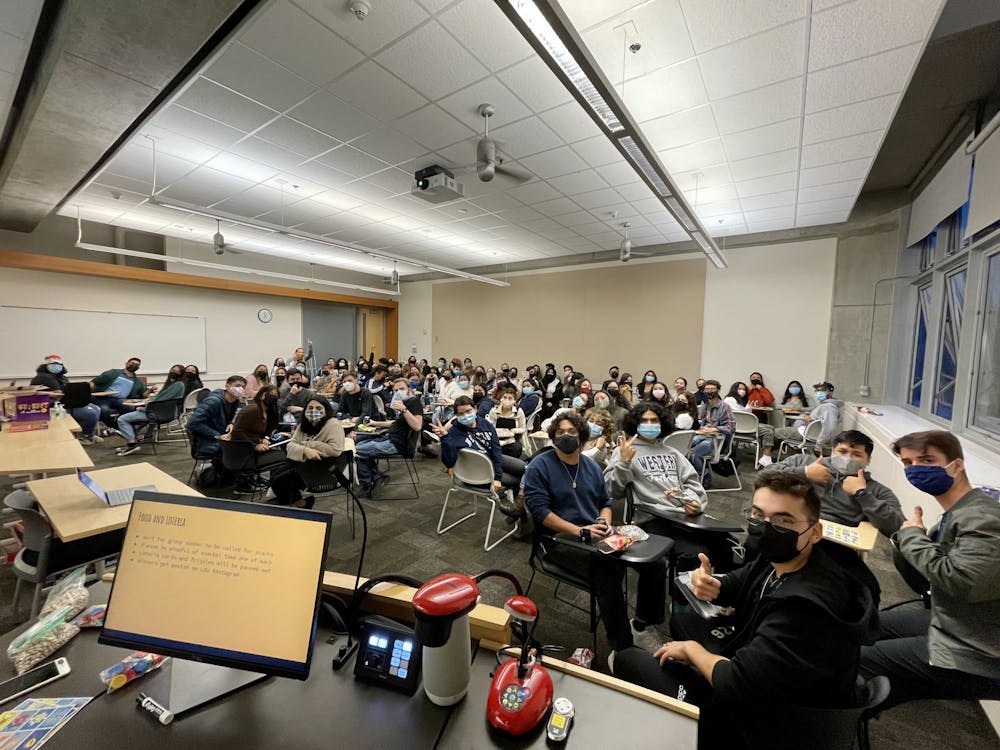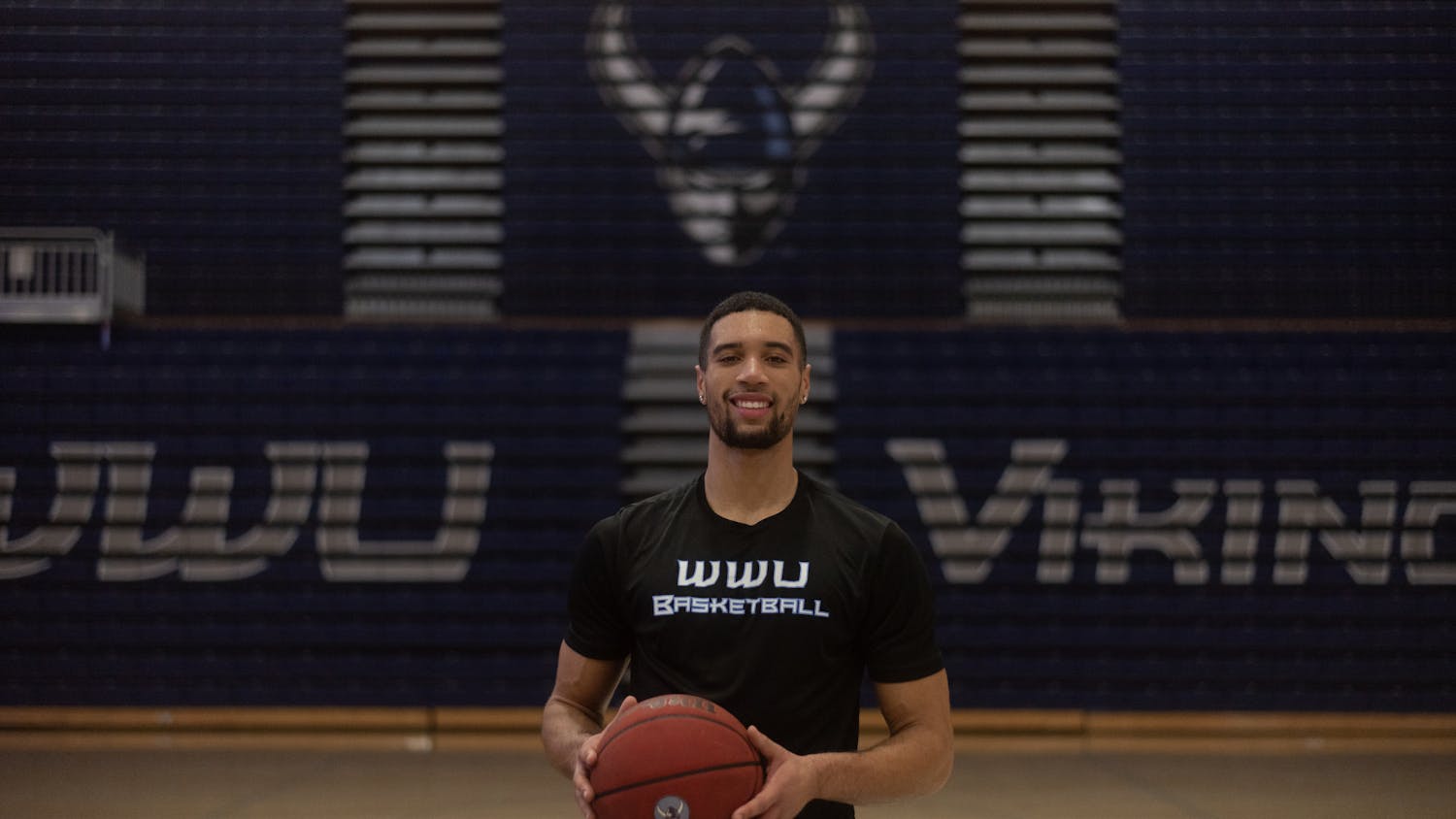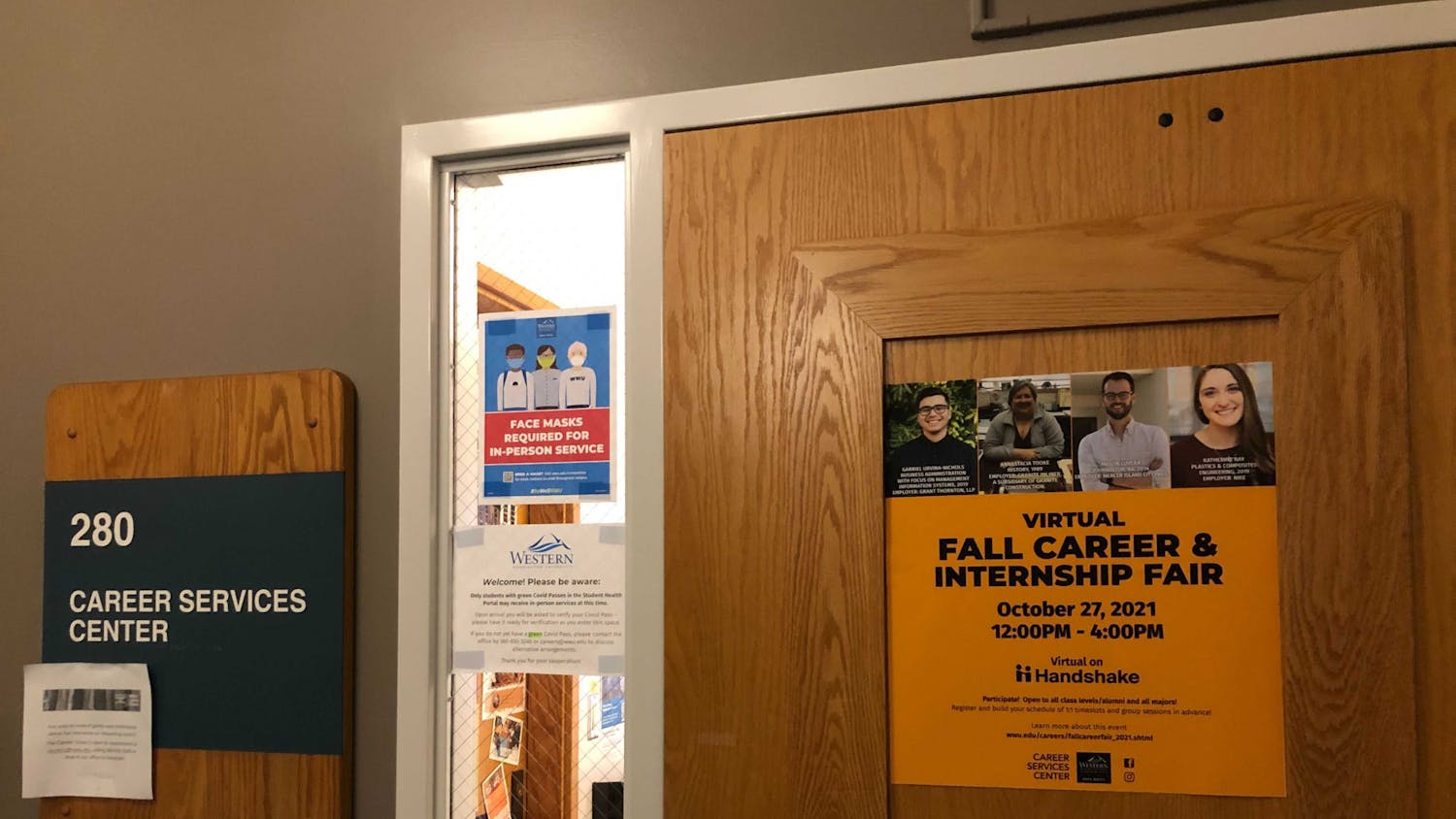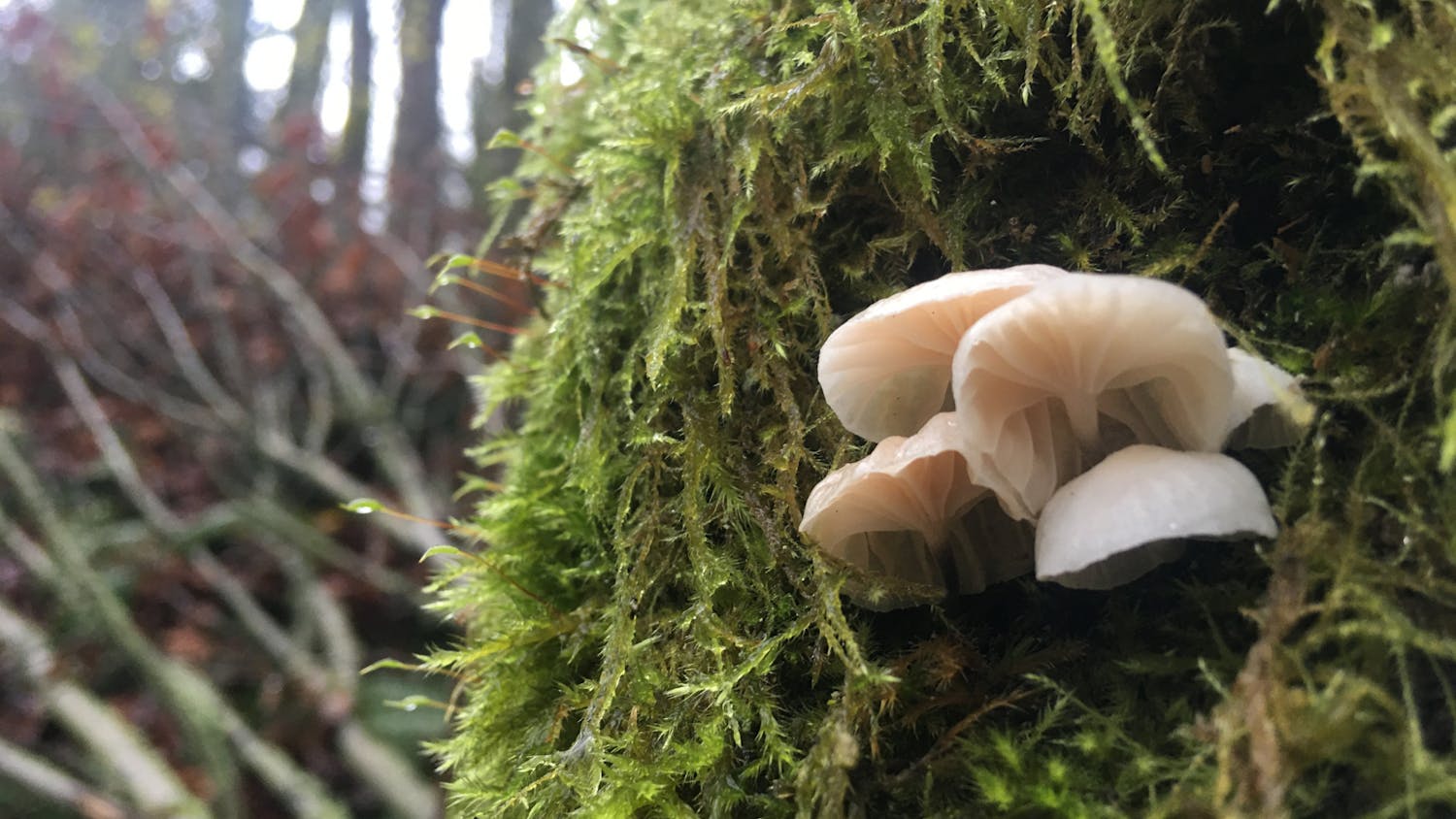Latinx Heritage Month, a celebration of Latino and Hispanic culture and contributions, ended on Oct. 15. But, year round, does Western Washington University support the groups dedicated to the 1,596 students who identify as Latinx/o/Hispanic? And what is the importance of multicultural student organizations on campus?
Western’s Latinx Student Union welcomes students from all Latin American backgrounds. It represents a sanctuary for Latinx and Black, Indigenous and people of color students who want to find a community with whom they can share their culture, relate to one another or attend educational meetings, said Jorge Campos and Miguel Gonzales, co-chairs of the union.
The co-chairs said they feel like Western could make better efforts to fund and advertise the club and would like the university to show interest in their ideas to improve the quality of the Latinx students’ experience on campus.
“If [Western] knows we're here, they don't really seem to show it,” Miguel Gonzales said.
It is through Instagram and word of mouth that LSU has attracted several students who have found a community, however “It's pretty clear that we don't reach all the students who identify as Latinx on campus,” Miguel Gonzales said. So far, Campos said, LSU counts between 80 and 90 members, and a mailing list of 150 people.
Angelica Graham works as an office assistant at the Ethnic Student Center. Her job consists of connecting students to clubs and other resources and providing them with information about events aimed at the creation of a safe space for BIPOC students.
“Western itself should promote more events for [BIPOC],” Graham said. “Instead, it seems like events held by Western are going to have more white attendance, while events advertised by the ESC are the ones where [BIPOC] attend … They should advertise our events as well so [BIPOC] can know about them.”
Some students may be unaware of the clubs and events dedicated to BIPOC people on campus. Second-year student Itzel Duran is among those students.
“I just feel like this school should do a better job at really displaying what resources they have,” Duran said, who had never heard of LSU prior to speaking with The Front. “We don't know what resources there are, so I just think the school needs to [make] it clear that there are resources and opportunities for us.”
For those who have been able to connect with the Union, their experience has been positive.
“LSU is honestly one of the best things I’ve ever done for myself because I’ve made so many friends,” Adriana Hernandez-Tobon, second-year student and LSU member said. “I feel like I’ve been more in tune with my Mexican culture than I was before. I’m very proud to be Chicana.”
Chicana is a term used to identify U.S. citizens of Mexican descent. Latinx or hispanic students only make up 10.6% of the student population while white students represent 71.4%, said Associate Vice President of Enrollment Management Shelli Soto.
In a predominantly white institution, the ESC plays an important role in BIPOC community building as it houses different ethnic clubs, including LSU.
“[The ESC] is a safe place for BIPOC students. It’s nice being able to be yourself surrounded by other BIPOC students,” Hernandez-Tobon said.
Eric Anthony Souza-Ponce is a first-year student and member of LSU, the Native American Student Union and Queer and Trans People of Color. Like Hernandez-Tobon, he often visits the ESC to study or meet other BIPOC students.
Souza-Ponce identifies as Indigenous, Latino and queer. He finds that his intersectional identity can be particularly challenging in a mainly white environment.
“When I was looking around in my first week of school, I was hardly seeing anybody that looks like me, or who possibly shares any cultural connection with me,” he said. On the other side, there is a lot of queer representation on campus, mostly white, Souza-Ponce said.
Graham is the vice president of the Black Womxn Revolution club, and is part of the Black Student Union and LSU.
Graham transferred to Western this Fall. Like Souza-Ponce, Graham’s identity is intersectional, as she identifies as Afro-Latina.
Throughout her life, Graham’s cultural and ethnic identity has been questioned or presumed by several people, she said, mostly white.
Associated Students Vice President for Diversity Naira Gonzales also said people have assumed their race due to racial ambiguity.
“I think the assumption based on people’s looks is dangerous and should also be undone,” they said. “If there was more awareness of these things, clubs wouldn’t be the only place where people feel safe or like these assumptions aren’t being made.”
Naira Gonzales said they don’t see a fair reciprocity in class settings and diversity tends to benefit mostly white students.
“[As a student of color], you are part of the education journey for white people,” they said. “We bring all of these different experiences that you’ll never have so then they learn a bunch from us, but what do we learn from them? It seems like there isn’t this reciprocal relationship.”
This, they believe, results in students of color losing motivation, which they think is why multiethnic clubs are important from a mental health perspective.
When it comes to the school’s commitment to diversity, equity and inclusion, Naira Gonzales believes there have been improvements. They said the school is invested in bringing diverse communities to campus, but fails to keep them, as campus is predominantly white and microaggressions happen often – at the hands of faculty and students.
Graham said a white student recently shoved her out of the way while playing in one of the campus sports fields. She had asked herself whether the student was racist, or just violent, as she struggled to believe someone’s violence could be racially motivated in an institution where most students pride themselves of being allies. She said the experience made her feel unwelcome at the school, as no one defended her.
While working at the ESC, Graham noticed and received several complaints from BIPOC students, who have seen white people coming to the ESC on their own. She said it makes BIPOC students uncomfortable, as they use the ESC as a safe space. She believes some of the white students to do so are oblivious, while others might be doing it on purpose.
“I think there’s a lot more needs that we are not hearing about that are not being met,” Naira Gonzales said. However, they recognize there have been improvements through the years.
“I think Western has a long way to go,” Naira Gonzales said. “They have also come very far. I love Western – I know a lot of people hate Western, and that's part of being a Western student. But I also think that's part of having critical thinking, which I think Western encourages.”
Note: the article uses different terms (Latinx/Latino/Hispanic etc.) to identify people based on their personal preference.
Paloma Ortiz (she/her) is a second-year journalism student and campus life reporter for The Front. You can reach her at paloma.thefront@gmail.com






